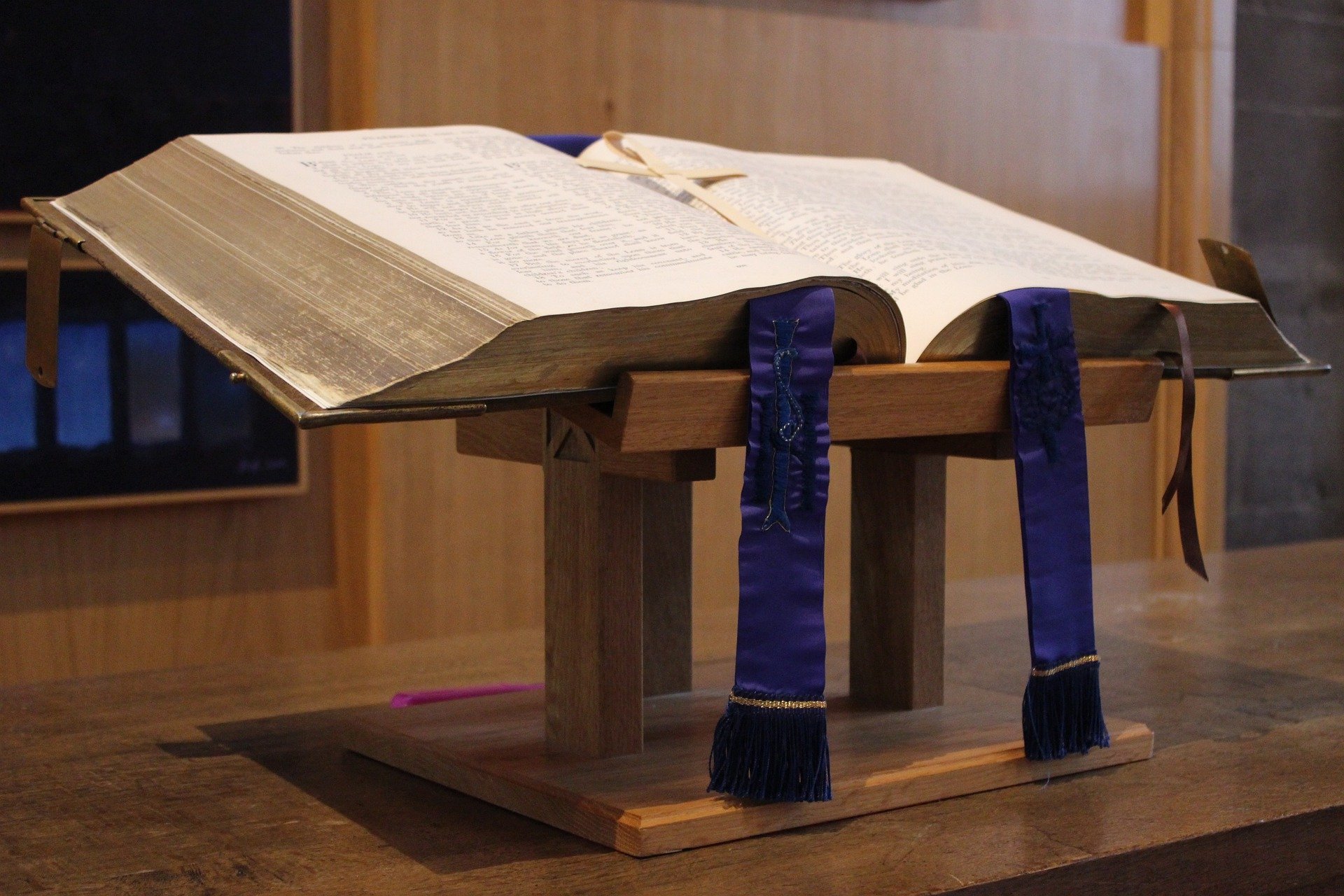Doctrine
Why Catholics Cross their forehead, mouth and chest before the gospel reading and it’s history
During the mass when the first and second readings have been read, and the priest comes up to the pulpit to read the Gospel. He starts by saying “The lord be with you” and the church people respond “and with your spirit” Then he says “A Reading from the Gospel according to St____.’” The congregation then responds, “Glory to You Oh Lord,” making a small cross with their thumb over their forehead, lips, and chest.
This is a practice that has existed in the Catholic Church for a long time and yet not many knows the meaning of the sign nor it’s history, but in this article I will give you a detailed explanation of the sign and everything you need to know about it.
Signs is one of the important aspects of the Catholic Church, it’s an outward gesture which points to an inward belief or prayer happening in our hearts.
Just like making sign of the cross while starting a prayer or while ending it, which is a smaller version of the Creed that is professing our faith in the Trinity.
Now coming to the crossing of our forehead, mouth and chest before the gospel is read. Why do we do it.
Why do we make the sign
First what does the The General Instruction of the Roman Missal” says about it.
The gestures and bodily posture of both the Priest, the Deacon, and the ministers, and also of the people, must be conducive to making the entire celebration resplendent with beauty and noble simplicity, to making clear the true and full meaning of its different parts, and to fostering the participation of all. Attention must therefore be paid to what is determined by this General Instruction and by the traditional practice of the Roman Rite and to what serves the common spiritual good of the People of God, rather than private inclination or arbitrary choice.
A common bodily posture, to be observed by all those taking part, is a sign of the unity of the members of the Christian community gathered together for the Sacred Liturgy, for it expresses the intentions and spiritual attitude of the participants and also fosters them.
Making these signs helps us to remember and highlight the importance of the word of God. St Paul said in Hebrew 4:12 ‘For the Word of God is living and active, sharper than any two-edged sword, piercing to the division of soul and spirit, of joints and marrow, and discerning the thoughts and intentions of the heart’
What does the sign mean
When we cross our forehead, it means that we want the word of God to be in our thoughts and purify our mind.
When we cross our lips it means that we want the word of God to be on our lips so that we can preach and proclaim the word of God to others. So we can share the love and the good news of the lord to others.
When we cross our Chest it means that we pray that God will safeguard the word of God in our hearts and to strengthen our hearts to love him and others more.
History of the sign
The first time recorded that the sign of the cross was made before the gospel was read was in the 19th Century. Benedictine Monk Remigius of Auxerre (d. c. 908) wrote that the congregation made the sign of the cross on their foreheads as the deacon made the sign of the cross on his forehead and chest.
Later in the 11th Century, the then Pope, Pope Innocent solidified the practice of making the sign of the cross before the gospel is read. He announced that the priest would make the sign of the cross on the bible and then together with the church members, everyone would make the sign of the cross on their foreheads, lips and chests. Since then practice has been handed over for generations to generations for more than 1,100 years ago.
About Author
























